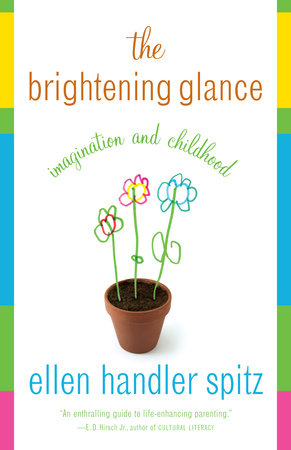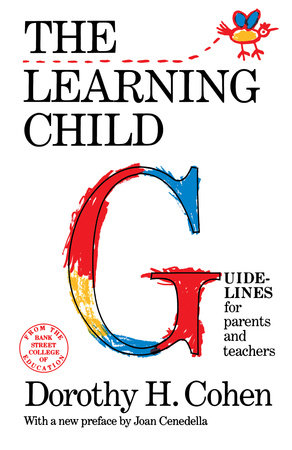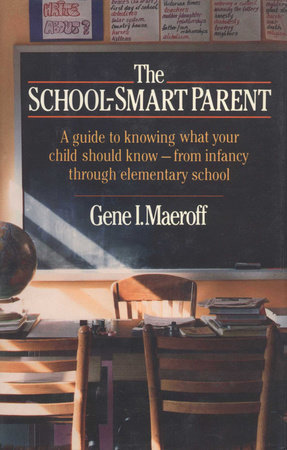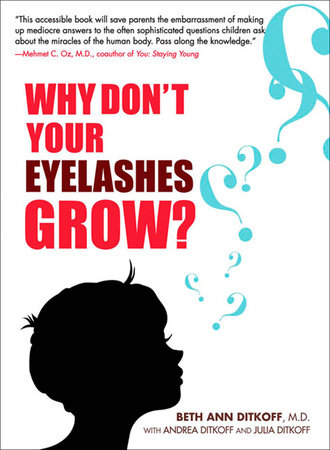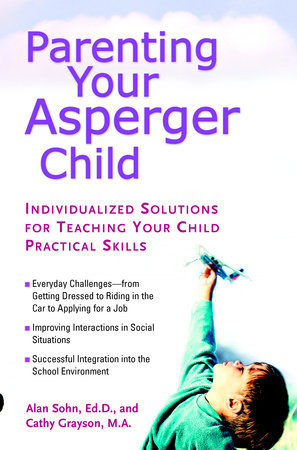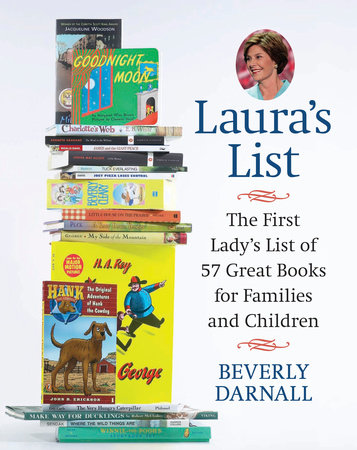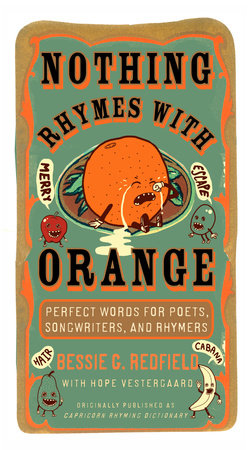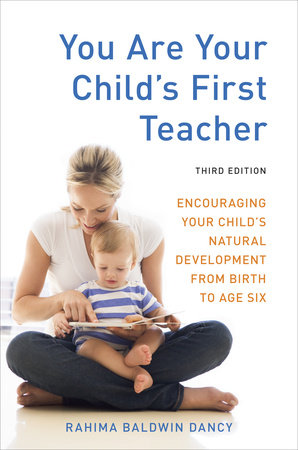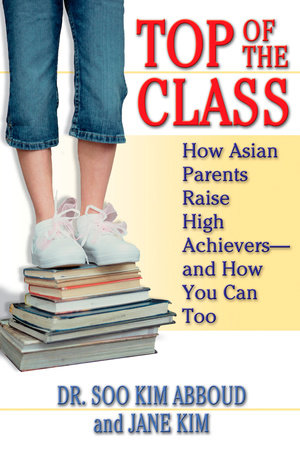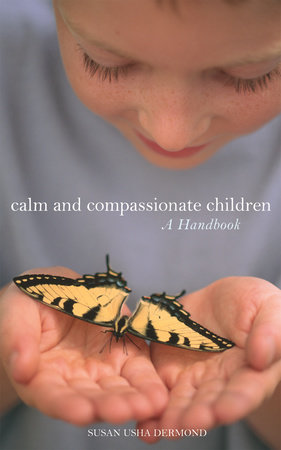Author Q&A
Q: “When we, as adults, discover within ourselves an ability to grasp what a child is experiencing, even momentarily, we can draw upon our own inner resources to ‘meet and match the moment’ of that child’s hope.” What are some of your suggestions for incorporating “the brightening glance” into the everyday experiences of parents and children?
A: Since children can only imagine what they have in some way already experienced in some form, they need to be given a rich cultural life upon which to draw. The little boy or girl who pretends an overturned chair is a castle must be acquainted with the notion of castles. The Bronte children made tiny books for their toy soldiers to read; they grew up surrounded by books. In The Brightening Glance, I’ve suggested a few first operas for children and advised that, in preparing for them, one shouldn’t give too much away so as to safeguard their unpredictable elements of wonder and surprise.
Because every child, adult, moment, and context are unique, adventures call for their own dashes of spontaneous inventiveness. My aim is to encourage readers to come up with their own modes of stimulating “the brightening glance.” One starting point would be recalling your own earliest aesthetic experiences and letting those memories guide you. Another would be paying close attention to what is piquing the curiosity of your child. Another would be slowing down to a very different rhythm from the hurry-up pace we normally adhere to in our daily lives. A fourth would be trying hard to avoid incessant didacticism. Letting a child be–to play and learn and discover–rather than remaining in constant control; this is especially valuable today in our over-programmed worlds.
Q: “Dwelling within a particularly designed and constructed space, inventing and rediscovering it, a child invents and discovers herself.” What do you believe is the importance of a child’s space to his or her sense of self?
A: Children explore space from the start. They turn their heads, wiggle their torsos, study their hands, grasp and reach out toward the world. Children’s rooms and play spaces serve like mirrors, teaching them about themselves and gradually becoming reflexive elements in their growing sense of identity. In today’s world of commerce and clutter, children need more than store-bought replicas. They need unique objects that possess a history, objects that exude an aura of permanence rather than transience, objects that may have been handed down or crafted by hand. Children’s imaginations are stimulated by toys that can be played with in many different ways rather than ones that control their use. As for the spaces inhabited by children, I’d advocate a kind of “aesthetics of mess,” for when rooms are perfectly neat and tidy they can be soulless: they demonstrate the effects of energy spent in keeping things as they are rather than energy used in experimenting and inventing. But of course children also need to learn ways of creating order and harmony so that they can play freely and find what they need and preserve in tact the physical objects they love.
Q: We often talk about testable results for school systems–do you feel that such tests override the creation of aesthetic experiences in our classrooms? Do you believe it is necessary to incorporate imaginative explorations into teaching?
A: It is crucial to incorporate imaginative exploration in our schools. However, to do so, our teachers must not feel themselves encumbered by too many rules and prescriptions; they must be free enough to be able to “welcome the unexpected” and to take whatever risks fostering children’s imaginations might entail. Excessive testing of factual knowledge and cognitive skills uses up precious time and diverts energy, forcing teachers and children into preconceived teaching and learning patterns that, once in place, are hard to shift. Yet, compromise is essential. For, to imagine richly, children must be given basic tools–method and fact and practice–so that, like soil and light and water, this matter can become the stuff out of which they can each grow their own unique varieties of plant.
Q: A section of THE BRIGHTENING GLANCE investigates the idea of “what is too scary?”, including the question of whether we should talk with children about the horrors occurring in the world. Is there a balance between informing children about the world and shielding them from it?
A: What is too scary for children? It is so difficult to judge. In fact, however, children often show us what they need. Through their play and conversation, they often reveal they know more than we realize they do about anger and fear and pity and envy and violence and greed and the horrors of these times even without grasping larger political significance or other adult meanings. I would advocate reflecting on each situation as it occurs rather than adhering to any abstract policy. A child’s age and personality and prior experience, the particular moment itself, the relative distance or proximity of the violence or trauma all matter in decision-making about what is too scary for a child.
Q: Do you feel that storytelling is a way for adults to enter the world of children? What are other ways for adults to re-enter that world? And what are the benefits for our children and us when we do so?
A: Storytelling is a fabulous way for adults to enter the worlds of children. I wrote my book through stories and vignettes because, right from the start, this mode seemed to me the most natural way to touch the themes I wanted to explore. Playing is itself often a mode of story-telling, and the first stories of “me” gradually morph into stories of “not-me,” stories concerning other persons, animals, imaginary creatures, fantastic supernatural realms, and later on, perhaps, human history writ large. To swap stories with a child is one of the deepest ways of sharing life with her or him, and sometimes those stories, once begun, carry on for decades. Even when Charlotte Bronte was grown, she was still adding to her childhood chronicles of Angria. And one of my Stanford students told our class about a collaborative story she and her father invented and told each night before she went to sleep when she was a little girl and how–in the context of this class–she had telephoned him 3000 miles away to ask whether he still remembered the characters who were named after geometric shapes, and how the two of them reminisced and laughed for hours over details of those early brightening moments they had shared.
